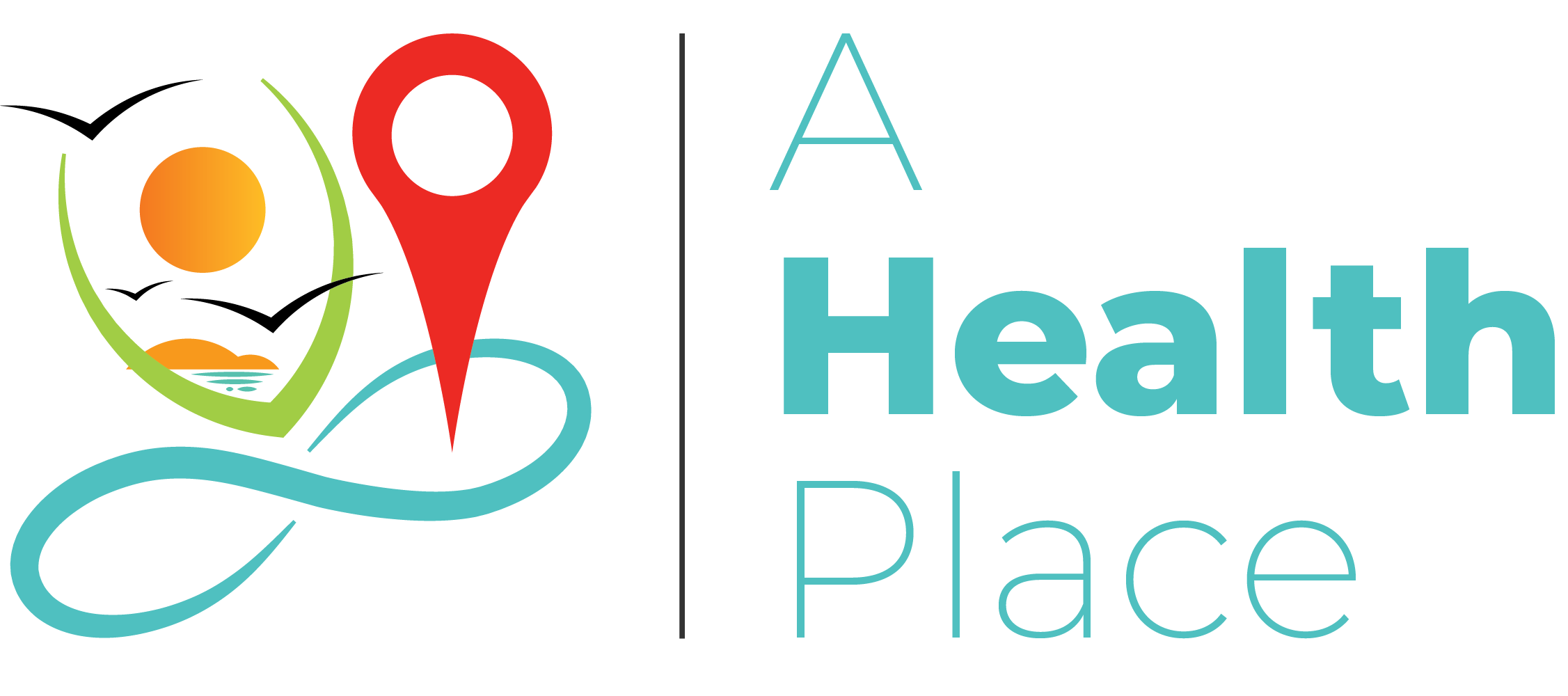Alcohol: Here is the context
Drinking Alcohol An alcoholic beverage is a beverage that has ethanol, a type of alcohol that works as a narcotic and is made by fermenting grains, fruits, or other sources of sugar. It is also referred to as an alcoholic drink, adult beverage, or simply, a drink. Drinking, or the use of alcoholic drinks, is a social activity that is significant in many cultures. The manufacturing, sale, and consumption of alcoholic beverages are often governed by regulations. The application of a warning label may be mandated by laws. While some nations outright prohibit such behavior, alcoholic beverages are legal elsewhere.
CANCER
Cancer is a condition when a few of the body’s cells grow out of control and spread to other bodily regions.
In the millions of cells that make up the human body, cancer can develop anywhere. Human cells often divide (via a process known as cell growth and multiplication) to create new cells as the body requires them. New cells replace old ones when they die because of aging or damage.
Occasionally, this systematic process fails, causing damaged or aberrant cells to proliferate when they should not. Tumors, which are tissue masses, can develop from these cells. Tumors may or may not be malignant (benign).
Cancerous tumors can move to distant parts of the body to produce new tumors, invade neighboring tissues, or both. This is a process called metastasis. Malignant tumors are another name for cancerous tumors. Malignancies of the blood, including leukemias, seldom develop solid tumors although many other cancers do.
Noncancerous tumors do not penetrate or spread to neighboring tissues. Benign tumors typically do not come back after removal, however malignant tumors can. However, benign tumors can occasionally grow to be quite enormous. Some, like benign brain tumors, can have grave side effects or even be fatal.
DRINKING ALCOHOL IS A LITTLE-KNOWN CARCINOGEN
The top risk factor for cancer is consuming alcohol of any sort, including beer, wine, and liquor. However, far too few people are aware of this risk, which may be endangering their health.
Most people, more than 50%, have reported not knowing how alcoholic beverages increase cancer risk, according to a research study that was published in Cancer Epidemiology, Biomarkers, and Prevention, a publication of the American Association for Cancer. 10.3% of people said alcohol in particular reduced cancer risk.
Alcohol can cause cancer primarily because when the body metabolizes it, acetaldehyde, a known carcinogen, is produced (Edward Giovannucci, MD, a professor of epidemiology and nutrition at the Harvard T.H. Chan School of Public Health in Boston).
Lesser amounts of acetaldehyde are produced by the human body naturally, but larger quantities can damage DNA, a process used by carcinogens to form cancerous cells.
In addition to producing acetaldehyde, excessive alcohol use can damage the tissues it meets, including the stomach, esophagus, and upper throat.
REDUCING ONE’S ALCOHOL INTAKE
Males should not have more than two alcoholic beverages each day, and ladies should not have more than one, according to the Centers for Disease Control and Prevention (CDC).
Klein argues that the adverse effects of alcohol increase with the amount you consume in a single session, making binge drinking particularly risky.
According to him, the more alcohol you consume at once, the harder your body works to break it down, and the more acetaldehyde is produced.
He then recommended not relying solely on one who is willing to cut back on drinking if you are worried that you may be consuming too much alcohol. Most of us will give up at some time, he said, therefore depending just on willpower is ineffective, according to years of studies.
Again, if you enjoy drinking with friends, Klein recommends choosing an activity that does not require alcohol in place of a social excursion that revolves around drinking. It can seem difficult, especially if other people in your group also use alcohol as their primary form of social interaction, but it has been done.
Furthermore, he said that most individuals used to have this relationship with smoking before the negative effects on health are acknowledged. “People crave genuine relationships and consuming something such as alcohol may be a method to foster that connection,” he said.
Finally, find a therapist or licensed health and wellness coach who focuses on behavior changes, substance use, and helping people in setting and achieving goals if you want professional aid with cutting down on your drinking.
I hope this helps.











Discussion about this post